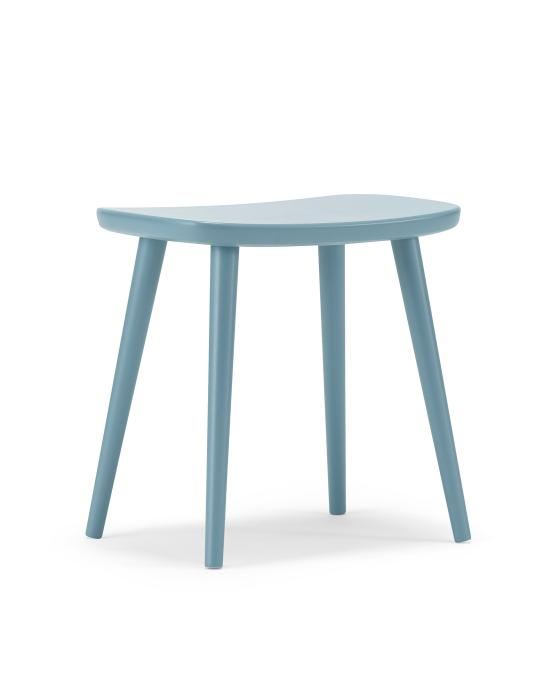Blue Denim Turns 150
Blue jeans are a quintessential part of modern fashion, but have you ever wondered about their origins and how they became so popular? Well, buckle up and get ready for a wild ride as we take you through the fascinating history of Denim and its impact on culture and design.


Born in the U.S.A
Blue jeans were invented in the USA in 1873 by Levi Strauss and Jacob Davis, two visionaries who recognized the need for durable work 'pants'. They used a rugged cotton fabric called Denim, which was traditionally used for workwear, and added copper rivets to the pockets and fly to prevent tearing.
At first, blue jeans were worn primarily by miners and other laborers who needed trousers that could withstand the harsh conditions of their work. But as they became more widely available, they also began to catch on as a fashion item.
The Hollywood Effect
It wasn't until Hollywood icons like James Dean and Marlon Brando started wearing blue jeans on the big screen that they truly became a symbol of rebellion and counterculture. These actors epitomized the "bad boy" image that was so popular at the time, and their jeans became a way for young people to rebel against societal norms.
As the 1960s and 1970s rolled around, blue jeans continued to rise in popularity. They were embraced by hippies, rock stars, and everyone in between. By this point, blue jeans were available in a range of styles, from bell-bottoms to skinny jeans.


Celebrate Blue Denim In Your Home
Shaping Culture
Denim jeans have had a massive impact on popular culture over the past century, influencing music, film, and fashion in countless ways. One of the most significant cultural icons associated with denim jeans is Bruce Springsteen, whose music and style have helped to define the rugged, working-class aesthetic that is often associated with denim.
Springsteen's early music, particularly his breakthrough album "Born to Run" in 1975, was heavily influenced by his upbringing in New Jersey, where denim jeans were a staple of the working-class wardrobe. The album's title track and its iconic cover art, which features Springsteen leaning against a vintage car in a pair of tight-fitting jeans, became emblematic of the rock and roll rebellion that was so popular at the time.
Beyond Springsteen, denim jeans have had an impact on countless other cultural icons, from James Dean to Steve McQueen to Kurt Cobain. In each case, denim jeans represented something different - rebellion, individuality, and authenticity - but they all shared a sense of ruggedness and durability that has become synonymous with the denim culture.


Designer Jeans Take Over
In the 1980s, designer jeans became all the rage. Brands like Calvin Klein and Guess began to produce expensive denim jeans that were adorned with flashy logos and embellishments. These jeans were a status symbol and were worn by celebrities and the wealthy alike.
The trend of designer jeans continued into the 1990s, but by the turn of the millennium, there was a shift back toward simpler, more classic styles. Today, blue jeans are available in a wide range of cuts, styles, and colours, and they are worn by people of all ages and backgrounds.


Blue jeans have come a long way in the past 150 years. What started as a simple work pant has become an iconic piece of fashion history.From Hollywood rebels to designer status symbols, blue jeans have played a significant role in shaping our culture and our sense of style.




